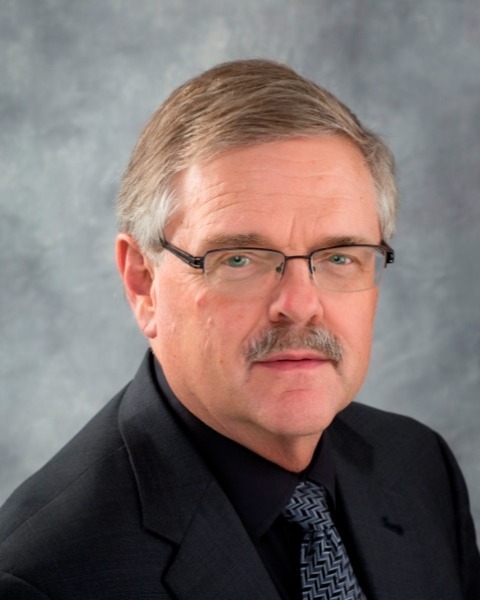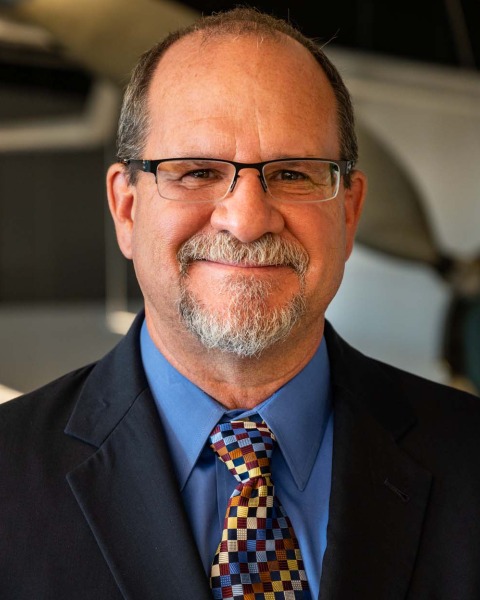Back
Platform
AQMO
Session : Innovative Topics in Air Quality Modeling
1166339 - Wind Tunnel Experiments for Offshore Oil and Gas Platform and Drilling Rig Downwash
Wednesday, June 29, 2022
3:50pm – 4:10pm PT
Location: Seacliff C

Ron L. Petersen, PhD, CCM
President
Petersen Research and Consulting
Fort Collins, CO- JP

William Lin, MESc, PhD
Project Engineer
CPP
Windsor, CO
John J. Carter
Vice President | Senior Principal
CPP, Inc.
Windsor, CO
Primary Author(s)
Co-Author(s)
The Outer Continental Shelf Lands Act (OCSLA) requires compliance with the National Ambient Air Quality Standards (NAAQS) to the extent that activities approved under OCSLA significantly affect the air quality of any State. The CAA also gives the Bureau of Ocean and Energy Management (BOEM) regulatory authority for air quality on the Outer Continental Shelf (OCS) in areas of the Gulf of Mexico. Currently, BOEM assesses the air quality impacts of air emissions released from OCS sources using USEPA’s older Offshore and Coastal Dispersion Model Version 5. The OCD model has not been substantially changed since 1997 and it does not provide outputs that are directly comparable to the statistical forms of the more recent National Ambient Air Quality Standards (NAAQS). The current approved model for assessing NAAQS (short-and long-term transport) is AERMOD.
Hence, BOEM commissioned this wind tunnel modeling study which will be used to make AERMOD appropriate for modeling overwater dispersion for platform and mobile offshore drilling units (MODUs) where downwash influences plume dispersion. AERMOD includes a building downwash program called PRIME (Plume Rise Model Enhancements) that is appropriate for solid structures that are not porous or have openings near ground (sea) level. Unlike PRIME, OCD contains special empirical formulas for accounting for the open space between the sea surface and the platform bottom. The empirical methods are based on earlier wind tunnel experiments of offshore platforms. However, these experiments did not include any detailed velocity and turbulence measurements in platforms wakes which are needed for the PRIME theory. This study has gathered the following information which will ultimately be applied to improve the algorithms used in AERMOD/PRIME: 1) 3D sampling grid of plume concentrations; and 2) 3D sampling grid of three components of velocity so that the flow field is completely described. The measurements have been taken downwind of 1:200 scale models of four actual platforms (Jackup, Semisubmersible, Medium production platform and Small production platform) and a generic platform that will have two different porosities and three leg heights.
This paper provides an overview of the wind tunnel testing that has been conducted to date and provides preliminary results. Initial AERMOD versus wind tunnel comparisons for the Semisubmersible platform show that AERMOD tends to underpredict observations. One of the reasons for this is that the wake height and wake width growth rates versus downwind distance are much different for the platform than for a solid building upon which the AERMOD theory was designed. Simple changes to AERMOD/PRIME were made that provided better agreement with wind tunnel observations. The ultimate goal of the study is to provide data so that AERMOD can be updated to adequately predict concentrations downwind of the platform type structures. Initial findings show this goal maybe attainable.
Hence, BOEM commissioned this wind tunnel modeling study which will be used to make AERMOD appropriate for modeling overwater dispersion for platform and mobile offshore drilling units (MODUs) where downwash influences plume dispersion. AERMOD includes a building downwash program called PRIME (Plume Rise Model Enhancements) that is appropriate for solid structures that are not porous or have openings near ground (sea) level. Unlike PRIME, OCD contains special empirical formulas for accounting for the open space between the sea surface and the platform bottom. The empirical methods are based on earlier wind tunnel experiments of offshore platforms. However, these experiments did not include any detailed velocity and turbulence measurements in platforms wakes which are needed for the PRIME theory. This study has gathered the following information which will ultimately be applied to improve the algorithms used in AERMOD/PRIME: 1) 3D sampling grid of plume concentrations; and 2) 3D sampling grid of three components of velocity so that the flow field is completely described. The measurements have been taken downwind of 1:200 scale models of four actual platforms (Jackup, Semisubmersible, Medium production platform and Small production platform) and a generic platform that will have two different porosities and three leg heights.
This paper provides an overview of the wind tunnel testing that has been conducted to date and provides preliminary results. Initial AERMOD versus wind tunnel comparisons for the Semisubmersible platform show that AERMOD tends to underpredict observations. One of the reasons for this is that the wake height and wake width growth rates versus downwind distance are much different for the platform than for a solid building upon which the AERMOD theory was designed. Simple changes to AERMOD/PRIME were made that provided better agreement with wind tunnel observations. The ultimate goal of the study is to provide data so that AERMOD can be updated to adequately predict concentrations downwind of the platform type structures. Initial findings show this goal maybe attainable.

.jpg)
